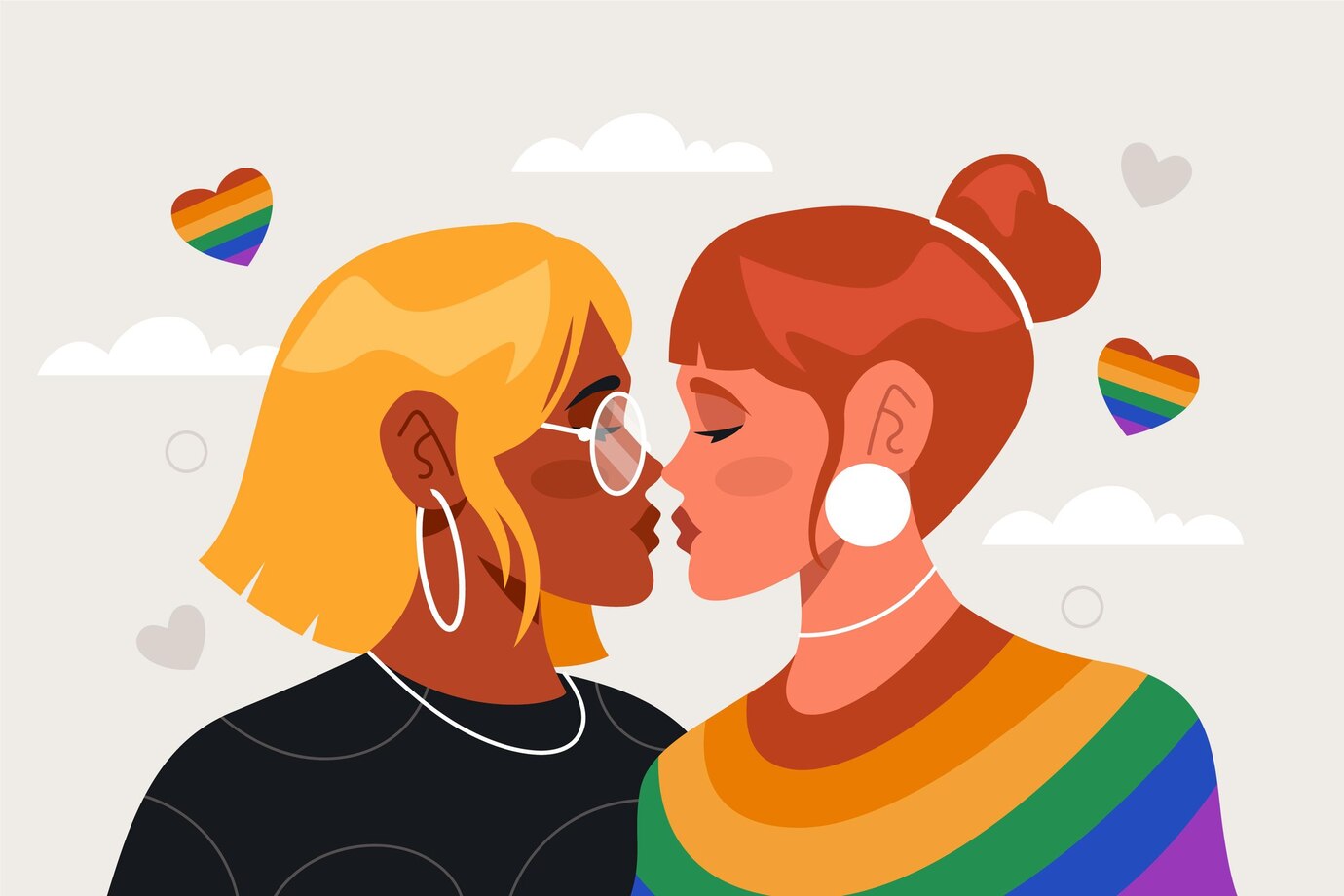There is nothing if not inclusivity in the LBGTQ world.
By now, many people understand the minority group that identified itself as the LGBT community. Of course many of us know the letters stand for Lesbian, Bisexual, Gay and Transgender, which is a group that has fought hard for equal rights and protections under the law, regardless of whether their sexuality is a choice, their gender identity is a choice or whether it’s all or partially dictated by genetics and natural biology. Much in civil and human rights has been challenged, and many of those rights have been won, through the work of a unified LGBT community.
Sometimes, however, and especially more often recently, that familiar acronym has gradually expanded to express more of the community in a more comprehensive and accurate way – not forcing some people of a minority orientation to “choose” a “category” in which to fit. After all, there are some who don’t fit snugly into any of the four categories suggested by LGBT. The letter “Q” has been added recently, and in some circles you will see two additional letters, plus even a math symbol – as in LGBTQIA+.
Let us take a quick moment and answer the inevitable questions about these recent additional letters to the generally accepted acronym and understand what they mean and why they perhaps may be necessary for the sake of inclusion.
Q stands for either “queer” or “questioning.” “Queer” was a slur 40 and 50 years ago, and because of that heritage it can sstill be seen as an epithet in some circles within this community. However, “queer” is essentially a self-aplied label that only means what that individual accepts and wants it to mean for him or herself – but it is usually identifying a person calling him or herself “queer” as in being outside of normal either in gender, identity or orientation.
“Queer” tends to include all members of the LGBT community, while “questioning” usually applies to those who are “curious” about their orientation or exploring ggender identities – someone who is bi-curious, for example, would be considered “questioning.”
The I stands for “intersex,” which is a very interesting term. It is also controversial, in that there are some intersex people who would rather not be identified and are OK with being in the shadows. An intersex person is someone who has sexual organs, features, chromosomes, characteristics, etc., that are not easily placed into a binary, male or female category.
The A more generally stands for “asexual/aromantic” or less-frequently “ally.” An asexual or aromantic person is one who does not feel any sexual or romantic attraction to anyone, or has no sexual orientation or identity. An ally is simply a person who does not personally fit into any part of the community (so, usually a hetero person) but supports the community in its various efforts to gain acceptance and human-rights protections.
Sometimes, the “+” can include allies as well as any people who have orientation or identity that stil does not fit with any of the definitions included in the acronym.
